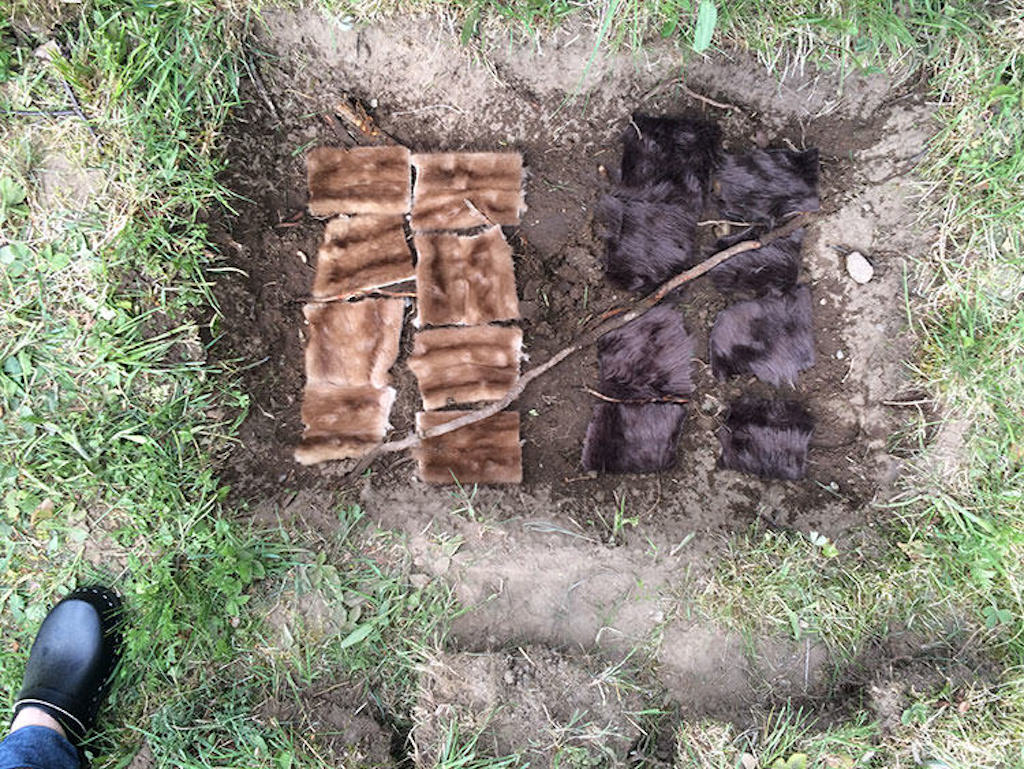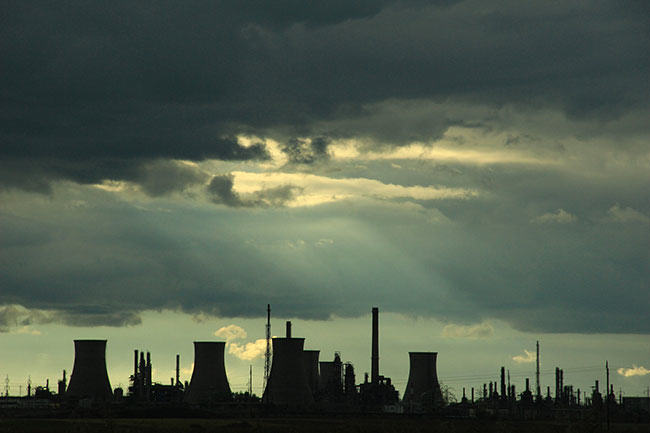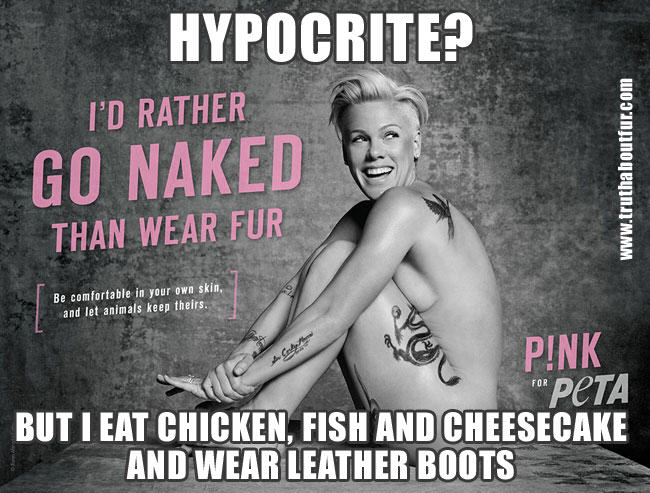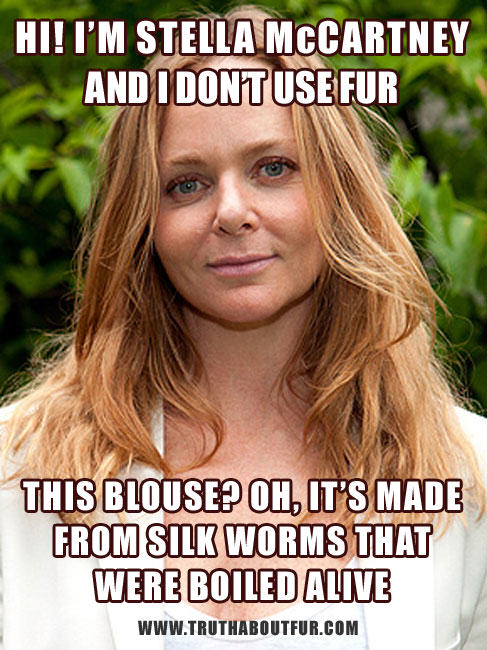The Closer We Look at the “Green Transition”, the Greener Fur Looks
by Alan Herscovici, Senior Researcher, Truth About FurThose who follow this blog know that I have written often about why banning fur sales – as California did…
Read More
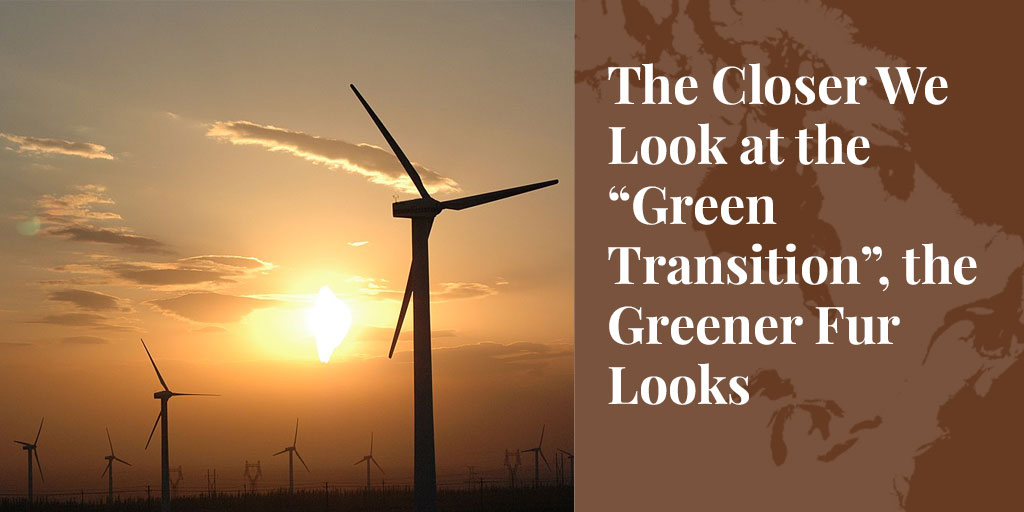
Those who follow this blog know that I have written often about why banning fur sales – as California did recently - is a really bad idea. I have repeatedly argued that banning fur makes no sense economically, socially, ecologically, or ethically. After more than 30 years of writing about fur, you wouldn’t think there was much to add. Then I read a remarkable new book about rare-earth elements and the dark underbelly of our much-vaunted “green transition”.
In his French-language book La Guerre des Métaux Rares* ("The Rare Metals War"), journalist Guillaume Pitron reveals the hidden face of our society’s emerging energetic and digital transformation. How is this related to fur? Well, I think it’s fair to say that the current trendiness of anti-fur rhetoric is part of a much broader rejection of all things "messy". That includes raising and killing animals, cutting trees, digging stuff out of the earth, and burning fossil fuels. Stuff produced by rural working people with calloused hands and dirt under their fingernails.
The cool kids now feel much more comfortable with the clean slickness of computer screens and iPhones, and with lightweight, throwaway fashions. Yes, these pretty things usually involve petroleum in the making of many of their parts, but they don’t look it, so why spoil a good story?
As for the energy to power our fast-paced society, its bye-bye to dirty coal-burning power-plants and smelly combustion engines; hello shiny new solar panels and whooshing wind turbines. And this is only the beginning. New digital “smart” technology will soon direct “clean” energy when and where we need it, eliminating waste, creating wealth, and improving human health. The future looks bright!
Goodbye Coal, Hello Rare Earths
Not so fast, warns Pitron. All our slick new “green” technology relies on a group of some 30 rare metals with exotic names like vanadium, cerium, gallium, and lutetium. While the Industrial Revolution of the 19th century was powered by coal, to fire steam engines, and the 20th century by petroleum, to fuel internal combustion engines, the 21st century’s “green transition” in fact depends upon vanadium, germanium, platinoids, tungsten, antimony, beryllium, rhonium, and niobium. These rare metals have extraordinary magnetic, conductive, and other properties that lie at the heart of our current digital and renewable energy revolution.
These metals are indeed rare compared to iron, copper, nickel and other metals that supported our society until now. Only 600 tonnes of gallium are produced per year compared with 15 million tonnes of copper. And only 160,000 tonnes of rare-earth elements are produced annually, compared with about 2 billion tonnes of iron.
Not only do rare metals occur in very small quantities, but considerable refining is required to extract them: eight tonnes of ore must be crushed to extract one kilogram of vanadium; 16 tonnes to produce one kilo of cerium; 50 tonnes for a single kilo of gallium ... and 1,200 tonnes of ore for one kilo of lutetium.
To put it another way, only 0.8 milligrams of lutetium can be extracted from one kilogram of ore.
And there’s the rub. To extract these remarkable minerals from their ores, huge quantities of rock must be crushed and then dissolved with strong chemicals, including sulphuric and nitric acids. And because rare-earth elements are usually closely fused with other materials, these highly-toxic and polluting operations must be repeated multiple times to refine the pure metals. This is one reason why most of the world’s rare-earth elements are produced in remote parts of China, Africa and South America - far from the prying eyes of the media and environmental protection groups.
Pitron’s research took him, at considerable personal risk, to Inner Mongolia and other parts of China where much of the world’s rare-earth elements is produced. He saw great lakes of effluent-polluted water from the refineries, and heard from local people about crop failures and shockingly high rates of cancer and other diseases. Did I mention that every tonne of ore processed requires at least 200 cubic metres of water?
Cobalt from Congo
The situation is no better in the so-called Democratic Republic of Congo, an important producer of cobalt and other rare metals, where children do much of the most dangerous work. These mines too are now often owned by Chinese companies – as they are in many other countries. In fact, China has quietly achieved overwhelming dominance in the production of the rare metals upon which our new digital and electronic society increasingly depends, raising security concerns as well as economic and ecological ones.
China is now leveraging its control of rare metals both to produce and consume the new technologies they support. The Middle Kingdom already produces four-fifths of the world’s electric car batteries, and while representing only 20% of the world’s population, will soon account for 60% of electric cars. (Ironically, three-quarters of the electricity needed to run these “green” cars in China is produced by burning fossil fuels, especially coal! The same is true in India, the world’s most populous nation.)
Yes, Pitron acknowledges, rare metals could theoretically be produced with better environmental controls – while enhancing national security -- if production was ramped up in Western countries. But that would be costly - who wants to pay more for their iPhone or laptop? - and environmental groups strongly resist any attempt to increase mining activity in the West, a hypocritical stance that Pitron challenges them to confront more honestly.
Green Smokescreen
In fact, the much-touted “clean and green transition" is really a smokescreen for shifting pollution off-shore. Solar energy, wind turbines, electric cars and digital “smart” technologies are all based on the unregulated exploitation of rare metals that is trashing the environment and hurting people in faraway places we rarely talk about.
And this environmental damage will only get worse. Our “green transition" will require doubling the production of rare metals every 15 years. Over the next 30 years – in a single generation – we will rip more minerals from the Earth’s crust than we have done over the past 70,000 years of our existence on this planet!
So what are political leaders in California doing in response to the crises being generated by these new technologies? They're banning fur, a responsibly produced and truly renewable natural resource.
The new “clean" energy produced by windmills and solar panels is anything but. (Ask the people in the Baotou region of Inner Mongolia where thorium levels are 36 times higher than acceptable levels.) But even if extraction were better regulated, our “renewable” energy technologies are really based on the rapidly accelerating exploitation of rare metals – a non-renewable resource!
California as a whole, and Silicon Valley in particular, is of course the heartland of these supposedly “green” new technologies. So what are political leaders in California doing in response to the emerging environmental, social, economic and security crises being generated by these new technologies, of which their state is a major proponent and beneficiary? They're banning fur, a responsibly produced and truly renewable natural resource.
Can you spell h-y-p-o-c-r-i-s-y?
* * *
* La Guerre des Métaux Rares: La face cachée de la transition énergique et numérique, par Guillaume Pitron, (Éditions Les Liens qui Libèrent, Paris, 2019).
* * *
To learn more about donating to Truth About Fur, click here.












